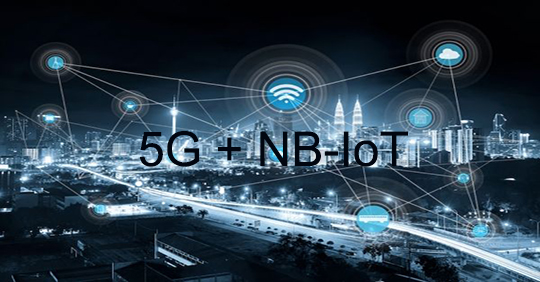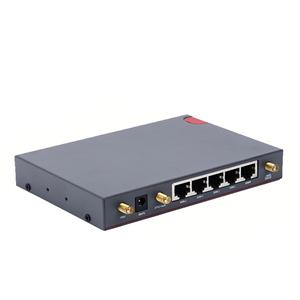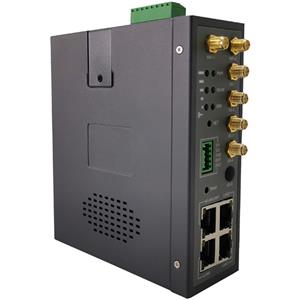What is NB-IOT
What is NB-IOT

With the continuous rapid development of the Internet of Things, companies need to clarify where the Internet of Things technology fits with current business and future development strategies.
"Vodafone Internet of Things Market Barometer 2019" shows: 34% of enterprises and organizations have applied Internet of Things technology, and 95% of them said they have benefited from it. The specific benefits include: reduced operating costs (53%), increased Existing business revenue (42%) and improved data collection (42%).
The global mobile Internet of Things business network is constantly expanding, so the above survey data is not surprising. Among all mobile IoT solutions, there is a unique technology that stands out-NB-loT, which may be a technology that companies are struggling to find.
NB-loT is a very novel low-power wide-area (LPWA) cellular communication technology, which allows the creation of a network of connected devices over a wide area in a low-cost and low-power environment.
In 2016, the NB-IoT standard was officially approved and frozen at the 72nd meeting of the 3GPP RAN plenary meeting in Busan, South Korea. NB-IoT is a subset of the Internet of Things, and the Internet of Things is a broader term that can be used to describe the connection of any physical device without considering power consumption and scope.
The many benefits of deploying mobile IoT technology have led to its relatively rapid development. Especially for NB-loT, its advantage is that it does not need to build a new network to support it-it can be deployed on existing 3G and LTE networks. NB-loT was born for those application scenarios that transmit a small amount of low-frequency data. However, the current cellular network has not optimized it, and they cannot support the energy-saving level that NB-loT can achieve. Apply NB-loT technology , The device can run for many years with one AA battery installed.
In addition to being easy to deploy on existing cellular infrastructure equipment, NB-loT also has additional security advantages because it only runs on licensed frequency bands and can use 4G network encryption technology.
Unlike WiFi and other technologies that use unlicensed frequency bands, NB-loT provides wider coverage in buildings and even underground. The setting method of NB-loT can bypass the physical limitation of WiFi, while providing higher security and reliability.
At the same time, NB-loT can also provide wider coverage and better network optimization, and can manage IP and non-IP data traffic. Of course, the obvious advantage of NB-loT is cost savings. NB-loT will support a large number of low-bandwidth devices, which are also ultra-low-cost and require lower power consumption. This technology looks good on paper, but its potential applications make it a substantial rule rewriter.
One notable example is the Ericsson Panda’s factory in Nanjing. After applying NB-loT technology, the factory can save $10,000 in annual costs. In the first year, the return on investment of the plant has reached 50%, and the investment cost can be recovered within two years.
How is this achieved? Originally, NB-loT was used for cargo and equipment tracking, thereby increasing the uptime of important assets and optimizing equipment maintenance.
In Europe, Spanish water company Aguas de Valencia was an early adopter of automatic meter reading technology. Today, the company has more than 600,000 automatic meter reading equipment, but its current patented technology requires the company to install and maintain its own infrastructure. Therefore, the company hopes to use the new communication technology to realize remote monitoring of the water meter without having to maintain its own basic equipment.
NB-IoT is a better choice! Aguas de Valencia cooperated with Vodafone to use NB-IoT to collect water meters distributed in areas where the signal is difficult to read. However, this is just one of countless typical cases of applying NB-loT technology. In addition to agriculture, NB-loT is also transforming sectors such as energy and manufacturing.
Meter reading module: D12 NB-IOT modem




